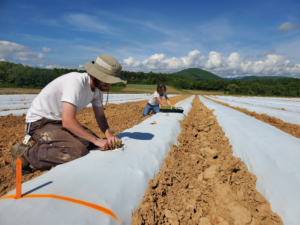
Hemp, Tomatoes, and Chinese Herbs!
5/26/2021 – Research assistant and graduate student, Katie Learn, provided these pictures of recent activities in our North Carolina …


El inglés es el idioma de control de esta página. En la medida en que haya algún conflicto entre la traducción al inglés y la traducción, el inglés prevalece.
Al hacer clic en el enlace de traducción se activa un servicio de traducción gratuito para convertir la página al español. Al igual que con cualquier traducción por Internet, la conversión no es sensible al contexto y puede que no traduzca el texto en su significado original. NC State Extension no garantiza la exactitud del texto traducido. Por favor, tenga en cuenta que algunas aplicaciones y/o servicios pueden no funcionar como se espera cuando se traducen.
Inglês é o idioma de controle desta página. Na medida que haja algum conflito entre o texto original em Inglês e a tradução, o Inglês prevalece.
Ao clicar no link de tradução, um serviço gratuito de tradução será ativado para converter a página para o Português. Como em qualquer tradução pela internet, a conversão não é sensivel ao contexto e pode não ocorrer a tradução para o significado orginal. O serviço de Extensão da Carolina do Norte (NC State Extension) não garante a exatidão do texto traduzido. Por favor, observe que algumas funções ou serviços podem não funcionar como esperado após a tradução.
English is the controlling language of this page. To the extent there is any conflict between the English text and the translation, English controls.
Clicking on the translation link activates a free translation service to convert the page to Spanish. As with any Internet translation, the conversion is not context-sensitive and may not translate the text to its original meaning. NC State Extension does not guarantee the accuracy of the translated text. Please note that some applications and/or services may not function as expected when translated.
Collapse ▲
5/26/2021 – Research assistant and graduate student, Katie Learn, provided these pictures of recent activities in our North Carolina …
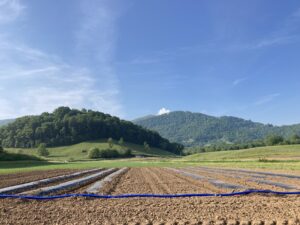
5/25/2021 – We got an amazing response to our spring research update with requests for more frequent updates with …
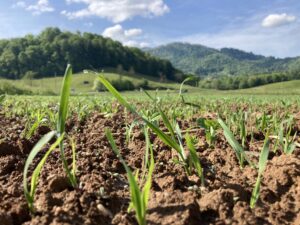
5/18/2021 – It is a beautiful spring in western NC and our field research is in full swing once …

5/7/2021 – The Appalachian Beginning Forest Farming Coalition announces the first in-person forest farming workshop for 2021! The event …

4/27/2021 – To create good fertility recommendations for North Carolina truffle growers, we need more data!!! So, in cooperation …
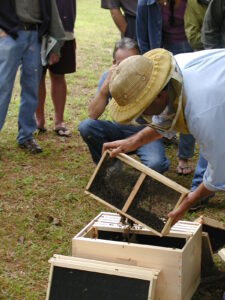
Springtime for beekeepers is synonymous with starting new colonies, especially since annual losses have been hovering ~40% every year so …
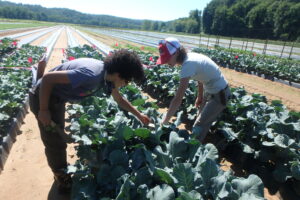
3/30/2021 – POSITION IS FILLED!!! We are hiring a new team member to work in our NC Alternative Crops …
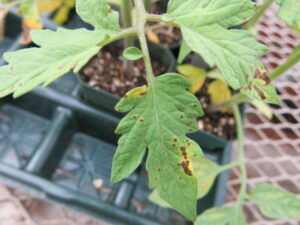
For vegetable growers (both commercial and home gardeners), springtime often brings to mind tomato transplants. However, sometimes diseases occur …
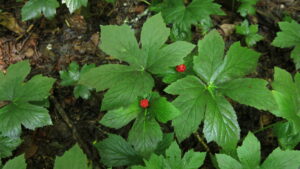
3/6/2021 – In 2020, United Plant Savers, the NC Ginseng Association, and Living Web Farms put on a virtual …

2/11/2021 – Birds can wreck havoc on a field of sweet corn and control methods are limited, especially for …

1/6/2021 – The new Southeastern Vegetable Crop Handbook is now available online. Extension vegetable specialists across the Southeast come …
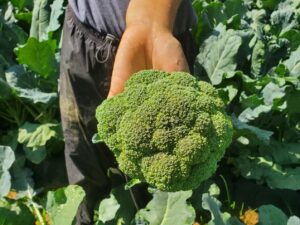
SAVE THE DATES: FEBRUARY 24 AND 25, 2021 *REGISTRATION OPEN* 12/15/2020 – The tradition of the Winter Vegetable Conference and …
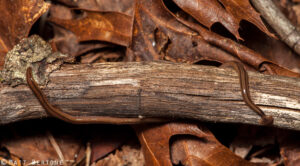
PLEASE NOTE: NC State University and local agencies (e.g. NCDA&CS) are not currently tracking species that are already known to exist …
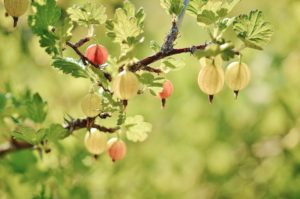
9/16/2020 – (Reviewed 8/28/2024) The short answer is “no.” You cannot legally grow currants or gooseberries in North Carolina. …
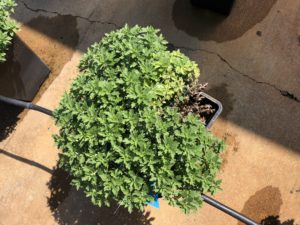
The number of chrysanthemum samples diagnosed with Fusarium wilt this year is well above average, according to NC State …
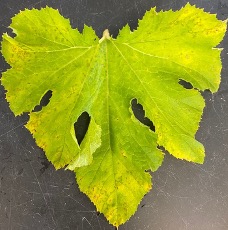
Written by Lina Quesada-Ocampo and Kimberly D’Arcangelo Cucurbit downy mildew, caused by the oomycete pathogen Pseudoperonospora cubensis, has been confirmed …

8/20/20 – Reviewed 8/28/2024 It has been decades in coming because finding funding to conduct research on growing truffles …

Cucumber Downy Mildew (CDM) has been confirmed on cucumber plants in our sentinel plot in Waynesville, NC (Haywood County). …
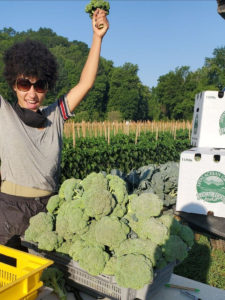
7/30/2020 – Written by Margaret Bloomquist, Research Associate Next year marks the 10th growing season of the Eastern Broccoli Project! This season we …

7/28/20 – Written by Margaret Bloomquist, Research Associate, and Katie Learn, Research Assistant in the North Carolina Alternative Crops …

This factsheet discusses symptoms and control of several leaf diseases common in North Carolina blueberry …
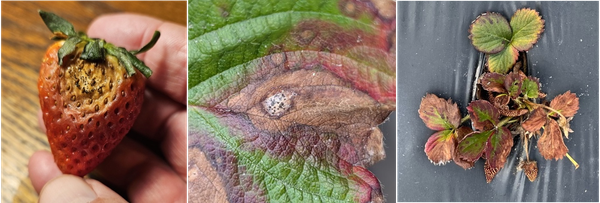
NC State conducted a strawberry Neopestalotiopsis (Neo-P) trial at the Horticultural Crops Research Station in …
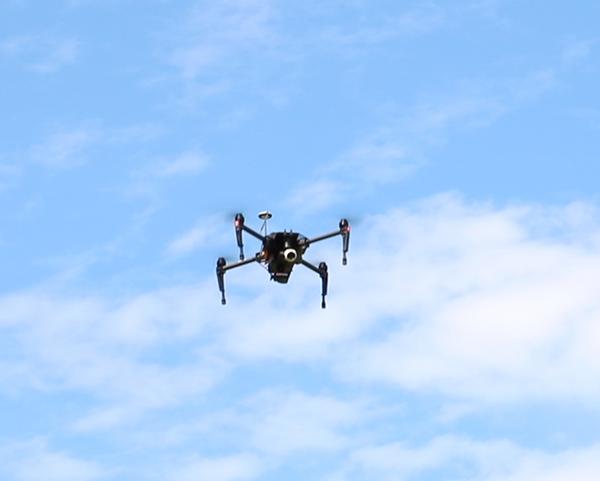
This publication discusses flying unmanned aerial vehicles (drones, model aircraft) for commercial purposes. You'll learn …

This publication reviews research between the late 2000s and the 2020s to explore trends shaped …
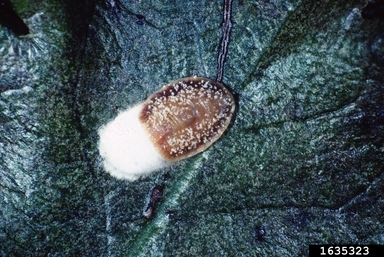
This article will cover two important scale insect pests of blueberries in North Carolina, terrapin …
Much success in growing tomatoes can be attributed to use of a few proven techniques. …
This publication discusses growing and harvesting head lettuce, the most important salad vegetable grown in …
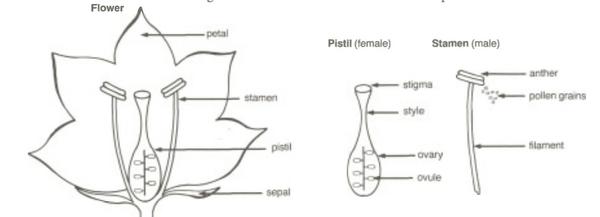
This guide presents basic facts about seeds, including how they develop, how to store and …